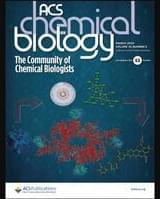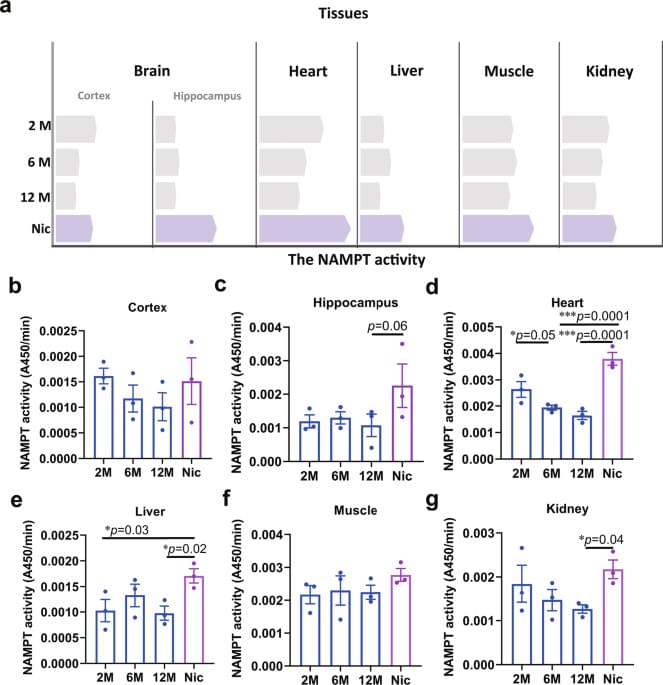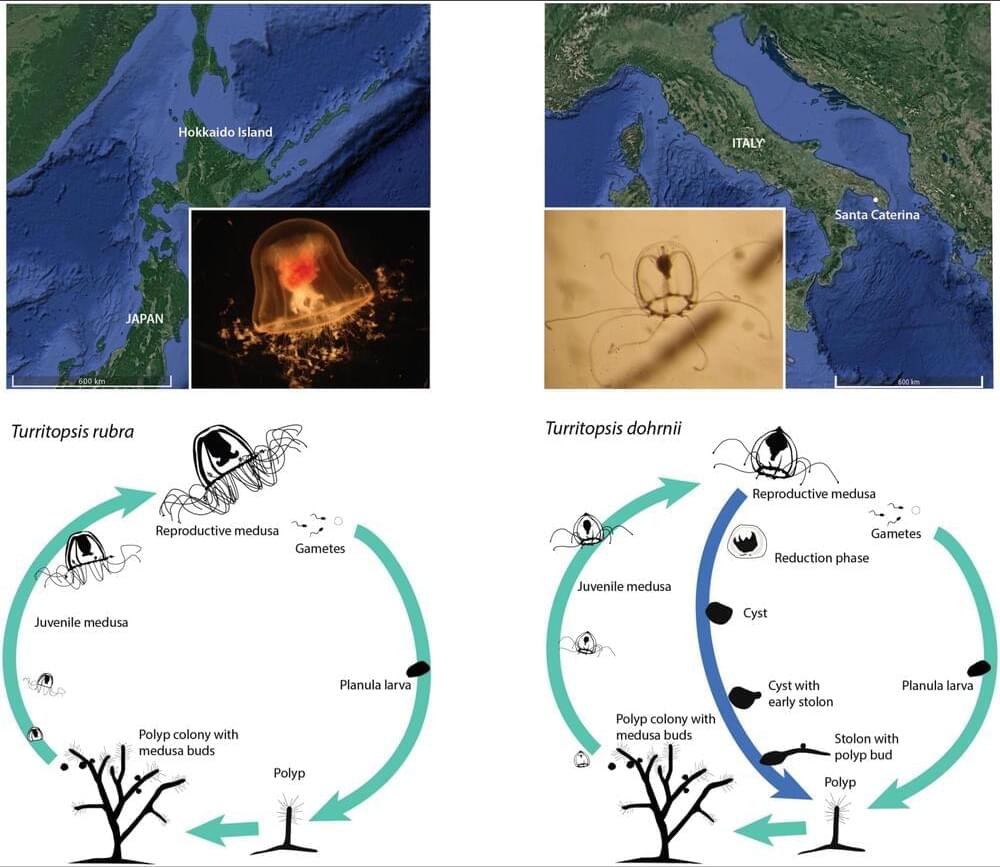Two superluminous quasars, or active black holes at the centers of large galaxies, were found just 900 million years after the Big Bang — the earliest detection of a pair of merging quasars ever seen.


Bioenergy Innovation For The U.S. Bioeconomy — Dr. Valerie Sarisky-Reed Ph.D. — Director, Bioenergy Technologies Office, Office of Energy Efficiency and Renewable Energy, U.S. Department of Energy (DOE)

“The Uncanny Valley” published by Masahiro Mori in 1970 explores how our affinity for robots changes as they become more human-like.
This paper has had a big impact on human-computer interaction and is especially relevant today’s #AI landscape.
Fermat’s Library is a platform for illuminating academic papers.
Those who rush to leverage AI’s power without adequate preparation face difficult blowback, scandals, and could provoke harsh regulatory measures. However, those who have a balanced, informed view on the risks and benefits of AI, and who, with care and knowledge, avoid either complacent optimism or defeatist pessimism, can harness AI’s potential, and tap into an incredible variety of services of an ever-improving quality.
These are some words from the introduction of the new book, “Taming the machine: ethically harness the power of AI”, whose author, Nell Watson, joins us in this episode.
Nell’s many roles include: Chair of IEEE’s Transparency Experts Focus Group, Executive Consultant on philosophical matters for Apple, and President of the European Responsible Artificial Intelligence Office. She also leads several organizations such as EthicsNet.org, which aims to teach machines prosocial behaviours, and CulturalPeace.org, which crafts Geneva Conventions-style rules for cultural conflict.
Selected follow-ups:
• Nell Watson’s website (https://www.nellwatson.com/)
• Taming the Machine (https://tamingthemachine.com/) — book website.
• BodiData (https://www.bodidata.com/) (corporation)
• Post Office Horizon scandal: Why hundreds were wrongly prosecuted (https://www.bbc.co.uk/news/business-5…) — BBC News.
• Dutch scandal serves as a warning for Europe over risks of using algorithms (https://www.politico.eu/article/dutch…) — Politico.
• Robodebt: Illegal Australian welfare hunt drove people to despair (https://www.bbc.co.uk/news/world-aust…) — BBC News.
• What is the infected blood scandal and will victims get compensation? (https://www.bbc.co.uk/news/health-485…) — BBC News.
• MIRI 2024 Mission and Strategy Update (https://intelligence.org/2024/01/04/m…) — from the Machine Intelligence Research Institute (MIRI)
• British engineering giant Arup revealed as $25 million deepfake scam victim (https://edition.cnn.com/2024/05/16/te…) — CNN
• Zersetzung psychological warfare technique (https://en.wikipedia.org/wiki/Zersetzung) — Wikipedia.
Music: Spike Protein, by Koi Discovery, available under CC0 1.0 Public Domain Declaration.

I think this could lead to immortality basically allowing for limited growth of dna structures but still offering unlimited lifespan. In short this also prevents cancer aswell.
Telomerase is a ribonuceloprotein complex responsible for maintaining telomeres and protecting chromosomal integrity. The human telomerase reverse transcriptase (hTERT) is expressed in ∼90% of cancer cells where it confers the capacity for limitless proliferation. Along with its established role in telomere lengthening, telomerase also serves noncanonical extra-telomeric roles in oncogenic signaling, resistance to apoptosis, and enhanced DNA damage response. We report a new class of natural-product-inspired covalent inhibitors of telomerase that target the catalytic active site.

This also an amazing supplement that also exists in all foods called nad plus that stops age related symptoms.
Nicotine, a metabolite of the NAD+ metabolic pathway, has been found to possess anti-inflammatory and neuroprotective properties, yet the underlying molecular mechanisms remained unknown. Here, the authors show that low-dose nicotine promotes SIRT1 deacetylation of NAMPT and enhanced NAMPT activity which boosts NAD generation and improves age related symptoms.

Though hardly conclusive, this study strongly suggests that boosting NAD+ levels in humans could have incredible health benefits.
Created by Elysium Health, Basis is a proprietary formulation of crystalline nicotinamide riboside and pterostilbene, which the human body converts into NAD+. In a double-blind, randomized, placebo-controlled clinical trial, it was demonstrated that, on average, Basis increases NAD+ levels by 40 percent. These elevated NAD+ levels won’t necessarily stop the aging process. But they will certainly maximize cellular health, boost energy, and support healthy sleep. This in turn should allow people who are in good health to maintain it longer, and thus age better.

Ronald Rael and Virginia San Fratello may have met as graduate students in architecture at Columbia University, but it quickly became clear that “architecture” would prove an inadequate term to describe their eclectic body of work.
As the pair started working together in 2002, they became increasingly aware that “sometimes the forces that enable architecture, chiefly capitalism, can corrupt the architect’s social agenda,” Rael says. “This became the impetus to rethink how and why architecture should be created.”


An international team of astronomers has uncovered the formation history of young star clusters, many of which are visible to the naked eye at night.
This remarkable research reveals that most nearby young star clusters belong to only three families, each originating from very massive star-forming regions.
The findings offer new insights into the effects of supernovae on the formation of giant gas structures in galaxies like our Milky Way.